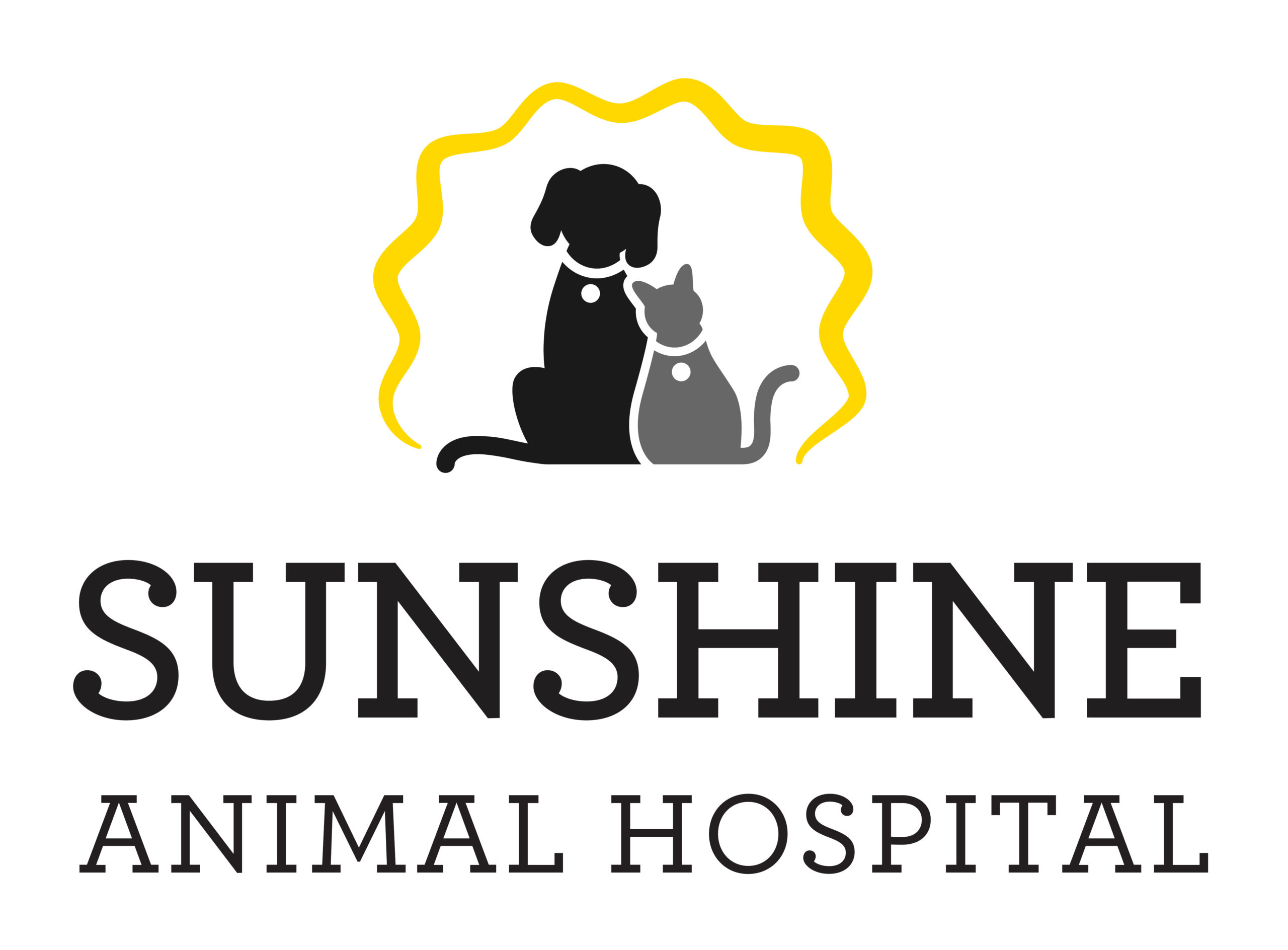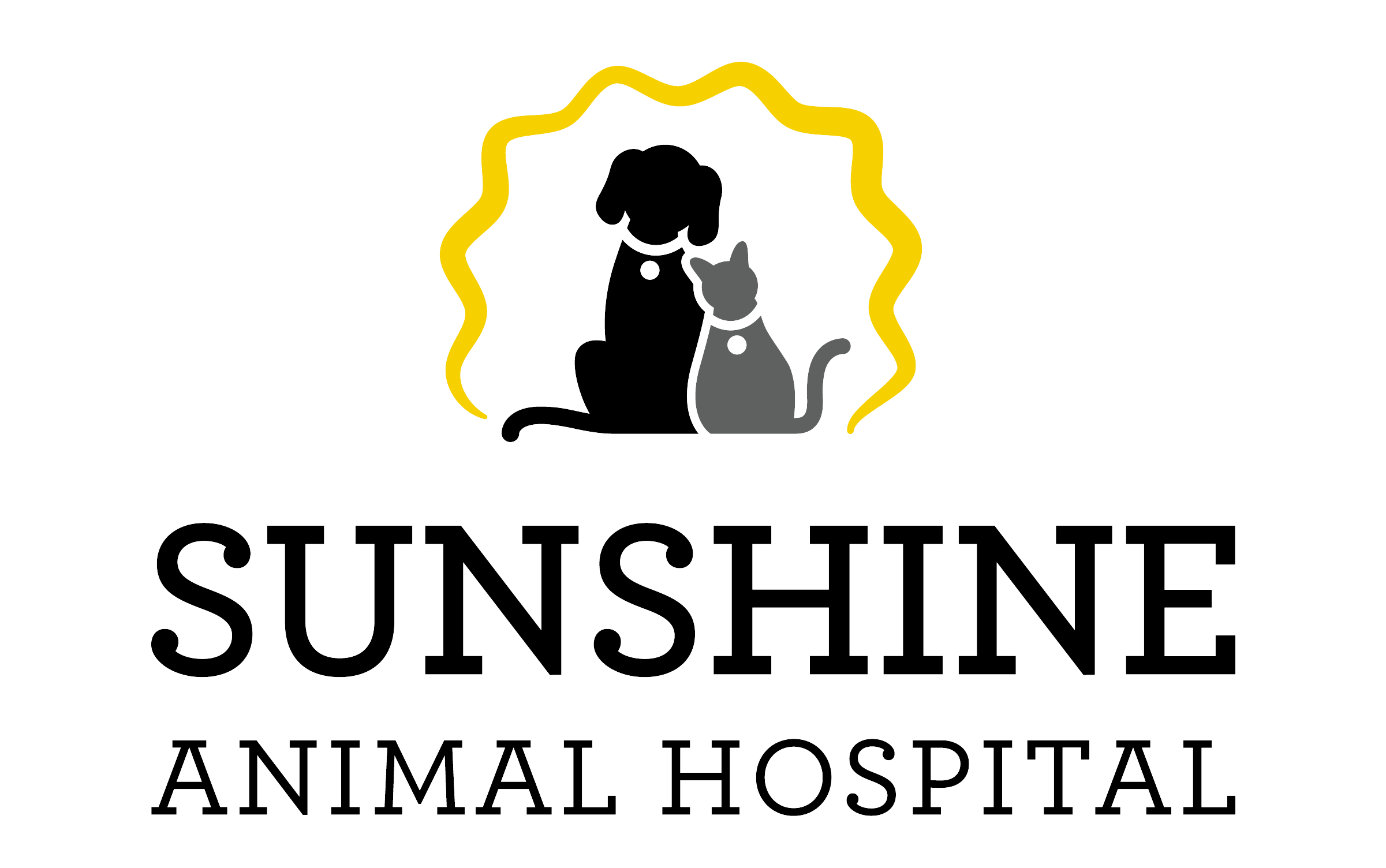Library
-
With its massive head, jutting jaw and barrel shape, the Bulldog appears to be a real tough guy but in fact is just the opposite. The truth is, everyone loves the Bulldog and this sweetheart returns the compliment.
-
Strong-willed and with a body more powerful than the average bear, the Bullmastiff cannot be coerced to do something he doesn't want to do. But for a master he loves and respects, nothing is impossible. These dogs crave physical contact and consider themselves to be lapdogs despite their girth.
-
Bumblefoot is a term used to describe an infectious or inflammatory condition involving the bottom of the foot pad on one or both feet in birds. Causes include improper perching surfaces or traumatic injuries to one or both foot pads. The condition is painful and causes the bird to become lame on the affected foot/feet. Proper veterinary care is essential to resolving this severe condition.
-
Buprenorphine is used on and off label and is given by mouth into the cheek or by injection to treat pain or as a preanesthetic. The most common side effect is sleepiness. Do not use in pets that are allergic to it or other opioids, or in pets being treated with amitraz. If a negative reaction occurs, please call your veterinary office.
-
Buprenorphine long-acting transdermal (brand name Zorbium) is an opioid analgesic (pain relieving) medication. It is labeled for use in treating post-surgery pain in cats. This medication is a controlled narcotic available in the United States. Buprenorphine long-acting transdermal comes in a liquid form applied topically directly to the skin once (one time) by the veterinary team.
-
A burn is a type of skin injury, commonly caused by heat, fire, or chemicals. Burns are classified based on how many layers of skin are affected; this classification scheme can help predict prognosis. Treatment of burns varies, depending on the severity of the burn and how much of the body is affected. Superficial burns may heal without treatment, while more severe burns may require hospitalization and possible skin grafts.
-
A burn is a type of skin injury, commonly caused by heat, fire, or chemicals. Burns are classified based on how many layers of skin are affected; this classification scheme can help predict prognosis. Treatment of burns varies, depending on the severity of the burn and how much of the body is affected. Superficial burns may heal without treatment, while more severe burns may require hospitalization and possible skin grafts.
-
Burr tongue is the common name for burdock tongue (also called granular stomatitis or granulomatous glossitis) caused by ingestion of the burrs from the burdock plant. Burr tongue is most commonly seen in long-haired dogs when they accidentally traumatize their tongue and mouth on the burrs during grooming. The hooked scales of the burrs become embedded in the tongue and gums and cause an intense foreign body reaction. Affected dogs often have small red bumps on the tip and edges of their tongue, front of the lips and gums, and occasionally the base of the nose. Based on the severity of the condition, treatment ranges from letting the injuries heal on their own to administering antibiotics and pain medications, to surgical intervention.
-
Buspirone is given by mouth and is used off label to treat behavior disorders in dogs and cats. Common side effects include increased friendliness or aggression, sleepiness, decreased appetite, nausea, or a slower heart rate. Do not use in pets that are allergic to it or have recently worn a flea/tick collar. If a negative reaction occurs, please call your veterinary office.
-
Butorphanol is a partial opiate agonist/antagonist that is used as an analgesic, pre-anesthetic, antitussive, or antiemetic. The injectable form is used subcutaneously, intramuscularly, or intravenously, and the tablet is given by mouth. Side effects include sedation, ataxia, anorexia, or rarely diarrhea. Caution should be used in pets with liver or kidney disease, Addison's disease, head trauma, or other CNS dysfunction, or in geriatric or severely debilitated patients.


